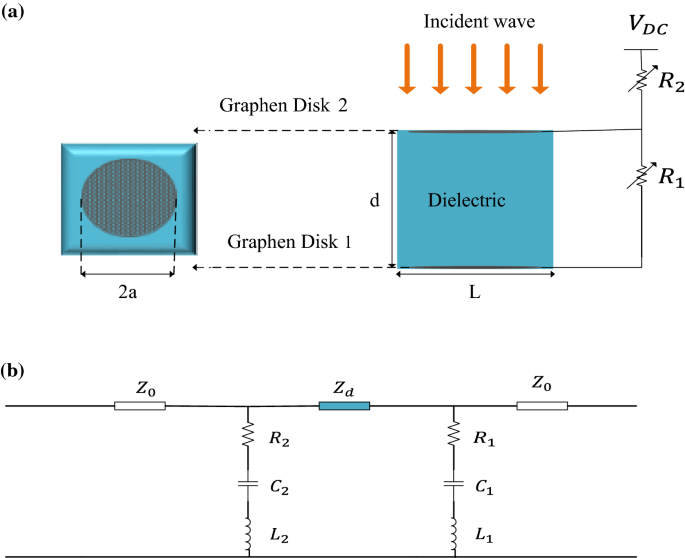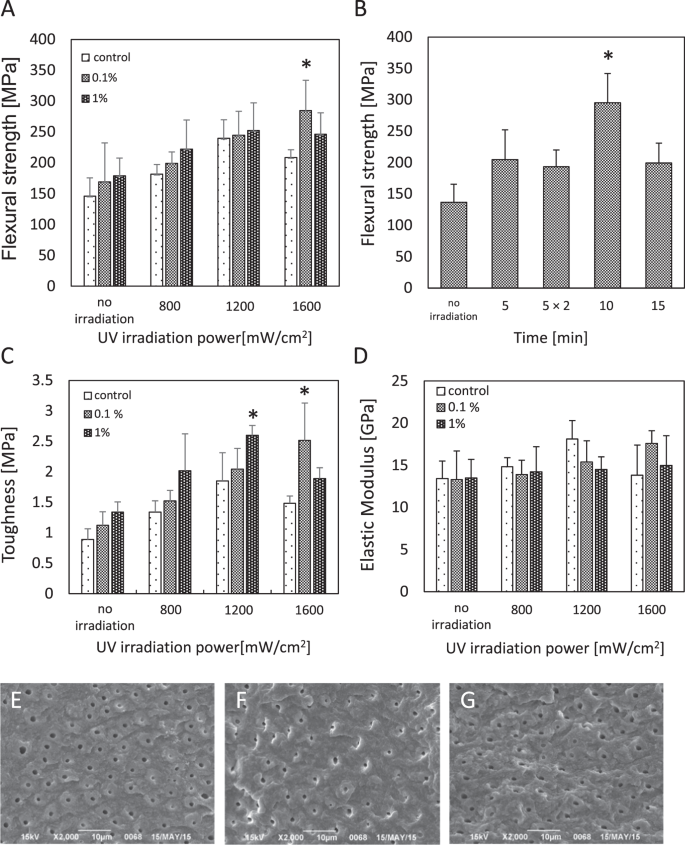

This style predates the transistor and was used extensively in vacuum-tube equipment (e.g., radio receivers) from about 1930 through the 1950s.īut this paraelectric dielectric had relatively low permittivity so that only small capacitance values could be realized. The style of these early ceramics was a disc with metallization on both sides contacted with tinned wires. In 1926 these ceramic capacitors were produced in small quantities with increasing quantities in the 1940s. Paraelectric titanium dioxide ( rutile) was used as the first ceramic dielectric because it had a linear temperature dependence of capacitance for temperature compensation of resonant circuits and can replace mica capacitors. So in the mid-1920s the deficiency of mica in Germany and the experience in porcelain-a special class of ceramic-led in Germany to the first capacitors using ceramic as dielectric, founding a new family of ceramic capacitors. Mica is a natural material and not available in unlimited quantities. Prior to World War II, mica was the most common dielectric for capacitors in the United States. Mica dielectric capacitors were invented in 1909 by William Dubilier. On the receiver side, the smaller mica capacitors were used for resonant circuits. These materials some decades later were also well-suited for further use as the dielectric for the first capacitors.Įven in the early years of Marconi's wireless transmitting apparatus, porcelain capacitors were used for high voltage and high frequency application in the transmitters.

Since the beginning of the study of electricity non conductive materials such as glass, porcelain, paper and mica have been used as insulators.


The composition of the ceramic material defines the electrical behavior and therefore applications. It is constructed of two or more alternating layers of ceramic and a metal layer acting as the electrodes. Fixed leaded disc and multilayer ceramic chip capacitors (MLCC)Ī ceramic capacitor is a fixed-value capacitor where the ceramic material acts as the dielectric.


 0 kommentar(er)
0 kommentar(er)
